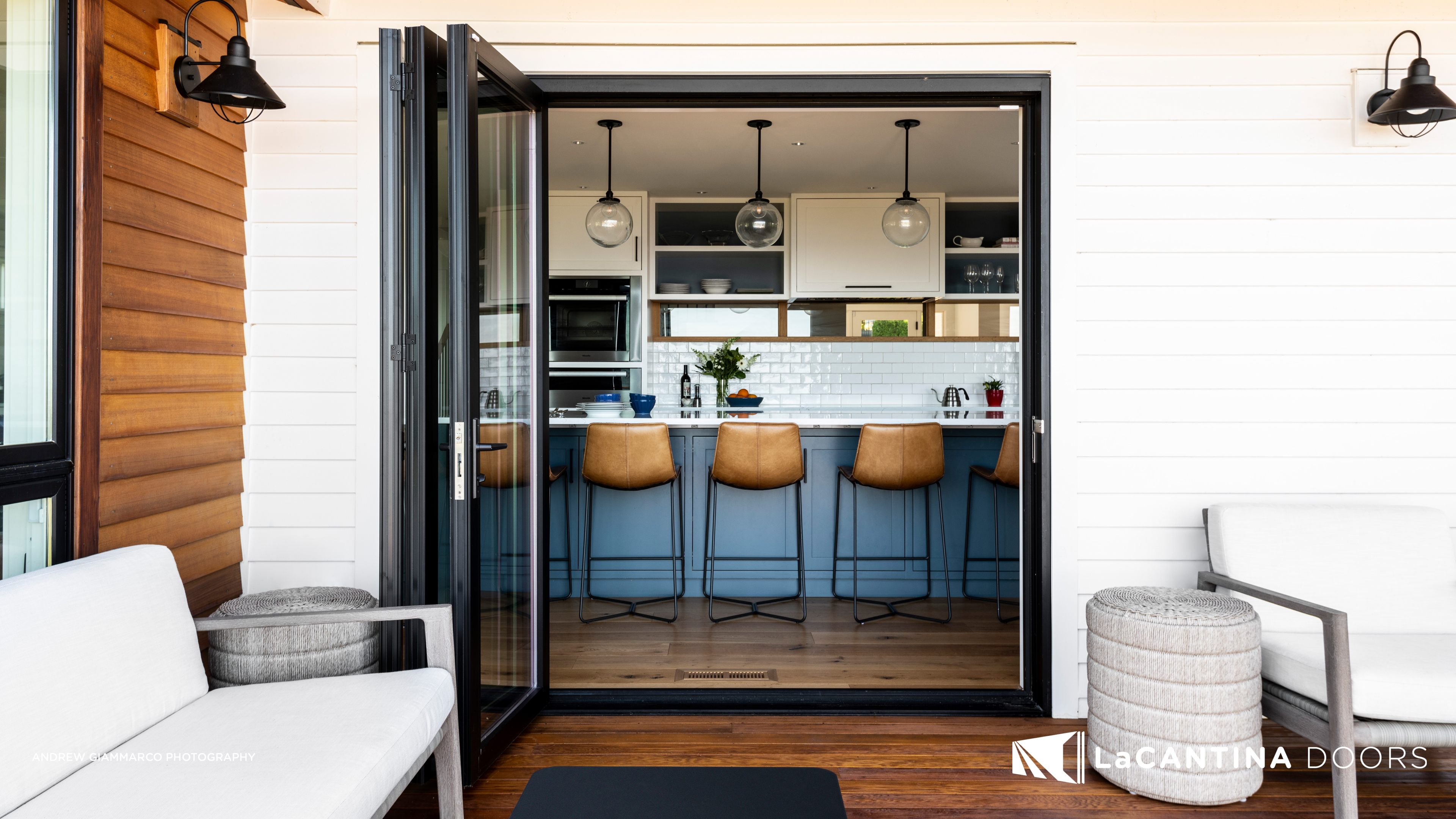Redefining Boundaries with Door Design
Learning Objectives:
- Examine the human connection to nature and how designing blended interior and exterior spaces contributes to occupant wellbeing and sustainability.
- Assess how folding, multi slide, and swing door wall systems create opportunities that facilitate the human connection to nature in residential, restaurants, retail, resort, hospitality, and institutional applications.
- Analyze the material options, function, and performance of folding, multi slide, and swing door wall systems and their influence on sustainability goals.
- Using field applications, scrutinize the roles and impacts of door systems in fostering integration across spaces, wellness, and biophilic connection.
Credits:
This course is approved as a Structured Course
This course can be self-reported to the AANB, as per their CE Guidelines
Approved for structured learning
Approved for Core Learning
This course can be self-reported to the NLAA
Course may qualify for Learning Hours with NWTAA
Course eligible for OAA Learning Hours
This course is approved as a core course
This course can be self-reported for Learning Units to the Architectural Institute of British Columbia
By utilizing doors as walls, open concept spaces offer wellness, sustainability, and adaptive design benefits. Integrating interior and exterior spaces has been shown to provide occupants with myriad benefits in a variety of settings. Establishing a connection with the outdoors can improve health and wellbeing for occupants at home or in the office, as well as encouraging healing and reducing stress. In retail settings, connections with nature have been shown to increase consumer spending, and in any environment, views and sounds of nature have proven to reduce stress and enhance concentration. Folding, multi slide, and swing door systems lend themselves to occupant wellbeing by integrating interior and exterior spaces and seamlessly providing controllable access to nature.

















